|
Services provided by CTS divide into the following categories:
Research and Development:
Research and development are the company’s core activities, from which all other
activities are supported.
The main research focus is mathematical and numerical
modelling of complex engineering processes:
- Solution of highly nonlinear coupled solid/fluid/thermal interaction problems
- Moving boundary problems (for fracturing and melting/solidification/ablation processes)
- Structural dynamics, contact, fatigue, limit state and buckling problems
- Risk based assessment of structures subjected to extreme environmental loading conditions
- Development of mathematical techniques for interpretation of geological data
- Fundamental advances in constitutive modelling for highly heterogeneous materials
- First principles investigation into the causes and nature of size effects in materials
- Particle transport, filtration and impairment problems
- High Mach number supersonic gas dynamics induced structural response
- System life cycle centred risk and reliability modelling
- Modelling of renewable power generation techniques (geothermal, wind, solar etc)
- Application of data analytics methods for the development of system diagnostic tools
- Advances in decision support methods based on Bayesian machine learning techniques
Methods within the skillset of CTS to solve these classes of problem
typically include:
- Finite element, finite difference, boundary and discrete element methods
- Displacement discontinuity methods and Volterra dislocation cell theory
- Formulation and numerical solution of coupled problems with moving boundaries
- Constrained optimisation theory with particular application to variational methods
- Constitutive equations for complex materials based on a rigorous internal variable approach
- Micro-mechanical modelling of processes such as fracture interaction and inter-grain contact
- Poro-thermo-elasto-plastic and damage induced stiffness degradation analysis
- Progressive dendritic fracturing of brittle materials such as oil shales
- Chemical reaction, osmotic and hydration processes in porous media
- Fluid or solid contaminant and thermal convection in fluid and porous solid media
- Advanced statistical methods and functional analysis techniques
- Fractional calculus and group theory for simulating scaling phenomena and non-local effects
- Highly optimised algorithms and computer code for gaining maximum solution performance
- Neural networks, deep learning, renewal theory and Bayesian decision network modelling
Areas of research experience cover a wide range of topics, such as:
- Steel-concrete composite shell construction for resisting implosion of subsea structures
- Vortex dynamics simulation of offshore platform wave-structure interaction
- Risk based assessment of extreme environmental loading on offshore platforms
- Constitutive modelling of complex heterogeneous brittle materials such as rock and concrete
- 3D modelling of hydraulic and waterflood fracturing processes in oil and gas reservoirs
- Contaminants filtration (impairment) modelling in produced water re-injection projects
- Near wellbore geomechanics modelling for determination of in situ stress conditions
- Geomechanics modelling of borehole collapse and sand production in gas production wells
- Modelling of well casing integrity in differentially compacting geological formations
- Expandable tubular design, installation and structural interaction with rock formations
- Particle dynamics modelling for hydraulic fracture proppant and drill cuttings transport
- Data analytics interpretation of downhole well diagnostics data
- Drill string stress and dynamics modelling, coupled with drilling hydraulics and heat transfer
- Modelling of buckling, fatigue, contact and wear problems in shells and tubulars
- Thermal convection simulation in hot downhole fractured rock, such as in geothermal wells
- Modelling of melting and solidification processes, e.g. for seabed natural gas hydrates and
heat extraction from deep seated molten rock
- Chaos modelling of complex reservoir flow and progressive rock fracturing processes
- Equation of state and high Mach number gas flow modelling in well completion tubulars
Consulting
CTS provides a wide range of consulting services, mostly focused on
quantification of safety and environmental risks associated with extreme engineering
challenges related to production of vital energy and mineral resources. Some consulting
projects have been supported by in house developed software applications, others by industry
standard or client proprietary software. Occasionally, CTS has been commissioned to develop,
maintain and support client bespoke software applications. To date, over 150 consulting projects
have been completed covering areas such as:
- Design of implosion resistant deepwater subsea gas storage units using steel-concrete composite
sandwich shell technology
- Assessment of initiation, growth and containment of hydraulic, waterflood, CO2 sequestration and produced water re-injection (PWRI) induced fractures
- Analysis of overbalanced perforating operations
- Determination of geological in situ stress conditions from micro-frac and extended leakoff test data
- Investigation of borehole stability and sand failure conditions
- Risk based assessment of structural resistance to extreme combined wind, wave and current metocean conditions on critical offshore infrastructure
- Studying well integrity issues, such as corrosion, casing collapse, thermal stresses, vibrational impact, also supporting well completion design and performance evaluation generally
- In depth literature reviews of complex issues in geomechanics and well completion design
- Drilling and completion running feasibility assessment, including analysis of torque and drag, hydraulics, hole cleaning, hole integrity, well control and drill string dynamics for most challenging Extended Reach Drilling (ERD) and High Pressure~High Temperature (HPHT) wells
- Coordination, development and delivery of advanced courses in drilling, geomechanics and subsea engineering
- Long term custodianship and user support of advanced client proprietary engineering software
- Review of drilling and well completions aspects of offshore Field Development Plans
- Sourcing of on- and offshore drilling rigs for oil and gas and also water well drilling
- Sourcing of investment for early stage oil and gas exploration projects
- Technology transfer of European (i.e. ESA) space technology to the offshore industry
- Assessment of the technical and economic feasibility of commercial scale energy production from deep seated geothermal resources
- Market assessment for small scale vertical axis wind turbines
- Technology review and market feasibility assessment for deepwater subsea to geosynchronous satellite communications systems
- Sourcing of investment for novel satellite launch delivery systems
- Sourcing of investment for lithium, vanadium, gold, copper and graphite mining projects
Possible Areas of Future Activity:
This first half of the 21st Century is witnessing a rapidly emerging new era of significant global change.
Concern over climate change, in particular, is shifting the focus of politics and investment away from
hydrocarbons, whilst, at the same time, the world is undergoing an unprecedented period of global growth
and prosperity that is likely to prove unsustainable from both an environmental and from a resources perspective,
certainly by mid-century if not before.
As a company, CTS has always focused on solution of the most extreme engineering challenges facing industry
and is adapting to these changes by further enhancing existing capabilities, especially in areas such as
Data Analytics, Machine Learning and Advanced Manufacturing. CTS will continue to offer support within the
scope of previous consulting activities in oil and gas, but will also in future concentrate more on engaging
in project opportunities in areas such as renewable energy technology, rail transport infrastructure, protecting
the world's oceans and the industrialisation of space, the next inevitable and arguably necessary step for mankind.
Specifically, CTS has identified the following areas of interest within the scope of these new
activities and invites interested parties to contact the company for discussion on possible collaboration:
- Further assessment of non-hydrocarbon energy resources and technologies, such as:
- Ultra-deep seated geothermal energy from molten rock sources
- Small and large-scale wind turbines, for example small scale vertical axis turbines
- Non-conventional wind energy production systems
- Hydrogen transport and storage systems
- Lithium mining extraction techniques
- Further advances in solar technology
- Ways of reducing carbon emissions from oil and gas resources, by:
- Globally extensive evaluation the containment risks associated with CO2 sequestration
- Generating electricity using in situ combustion with downhole separation and direct CO2 reinjection
- Developing deepwater liquid hydrogen production and transportation systems
- Supporting projects offering technologies for use and effective storage of CO2, such as cement manufacture
- Focusing on methane gas hydrate production in areas where global warming risks significant natural methane emissions
- Seeking ways to utilise hydrocarbons without producing gaseous CO2 emissions
- Investigating the engineering feasibility of emerging ideas for possible climate repair
- Ocean systems challenges:
- Study of the hydrodynamic interaction between plastic waste and the world’s oceans, rivers and estuary systems, so as to:
- Better understand the scale of the issue
- Propose new technologies for managing the avoidance, capture and disposal of plastic waste in the marine environment
- Technical and environmental feasibility of minerals extraction from the ocean floor:
- Evaluate and publicise the engineering feasibility and also environmental risks associated with lithium and other
rare earth metals mining from deep ocean trenches, the “cradle of life” on Earth
- Continue research into methods of safely and environmentally acceptably extracting natural methane gas from the ocean floor
- Investigate engineering aspects and also limitations associated with development of ocean agricultural techniques
- Develop technologies for ultra-deepwater (up to 100km) exploration of oceans thought to exist below the surface of icy moons and planets
- Research aimed at enabling further advances in Additive Manufacturing (AM), such as:
- 3D modelling of cracks and inclusions in AM materials
- Analysis of size effects and nonlocal behaviour in heterogeneous AM products and base materials
- Thermo-chemo-mechanical models for laser and electron beam melting processes
- Functionally graded AM materials capable of withstanding extreme high temperature and stress differentials in space applications
- Use of AM technology for creating intricate and ultra-fine-grained, composite network structures at the micro- and nano- scales
- Increasing the productivity/cost ratio of AM production processes and reducing their environmental footprint.
- Use of smart materials in transport and civil infrastructure, perhaps focused on:
- The achievement of ultra-light weight and also ultra-high strength materials
- Life cycle integrity monitoring as an integral facet of the intelligent city of the future
- Development of energy efficient materials for older dwellings and public buildings
- Manufacturing energy efficienct and safety and environmental compliant products
- Environmentally safe disposal or possible re-use of construction materials
- Materials engineering for space applications, for example:
- Smart and self-healing materials for mitigating space debris impact risk, space debris capture
- Diffusion bonding techniques for thermally resistant re-entry vehicles and scramjet applications
- Cost efficient structures and construction techniques for enabling large scale space based solar power generation
- Materials, design and construction of secure habitats for the Moon and Mars
- High temperature and pressure resistant vessels for other planetary exploration projects where these requirements may apply
- Technologies for drilling on the Moon and Mars, also mining, processing and transport of lunar regolith materials (e.g. for extraction of O2, H2 and He3)
- Technology review of liquid hydrogen rocket fuel delivery systems and assessment of the feasibility for miniaturisation to permit their deployment in small scale launch systems
- Application of further advances in neural network design in order to:
- Improve the interface between humans and artificially intelligent systems, perhaps based on a probabilistic approach that better mimics optimally efficient near chaotic states observed in biological behaviours.
- Participate in examination of the ethical as well as practical implications of such possible future systems
|
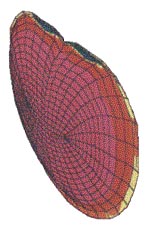
Reliable models of hydraulic fracturing, which produce results that convincingly
reflect their underlying assupmtions, are necessary for understanding the containment risk
in hydraulic fracturing operations.(GEOFRAC: SPE 24989)
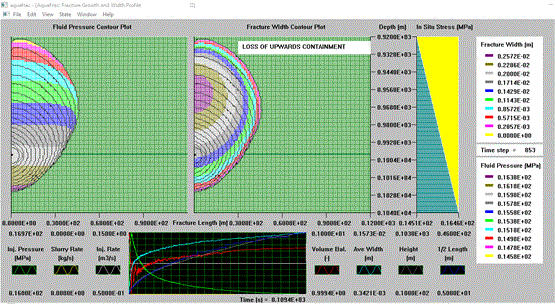
The AQUAFRAC model has been designed to enable efficient coupling with
a reservoir simulator for solution of the waterflood fracturing problem
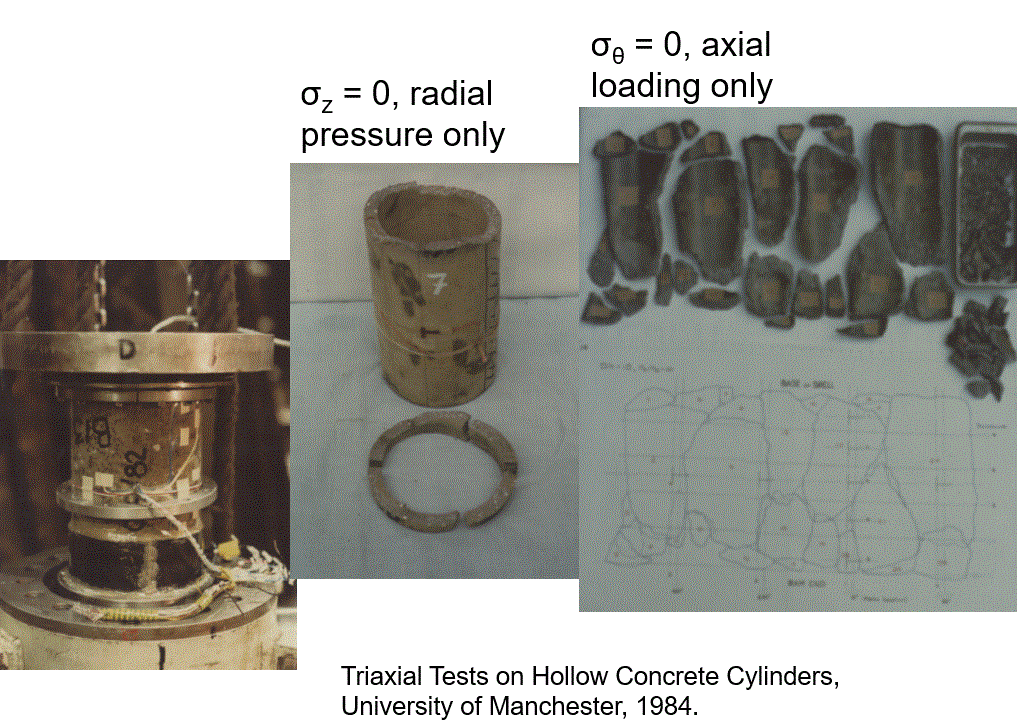
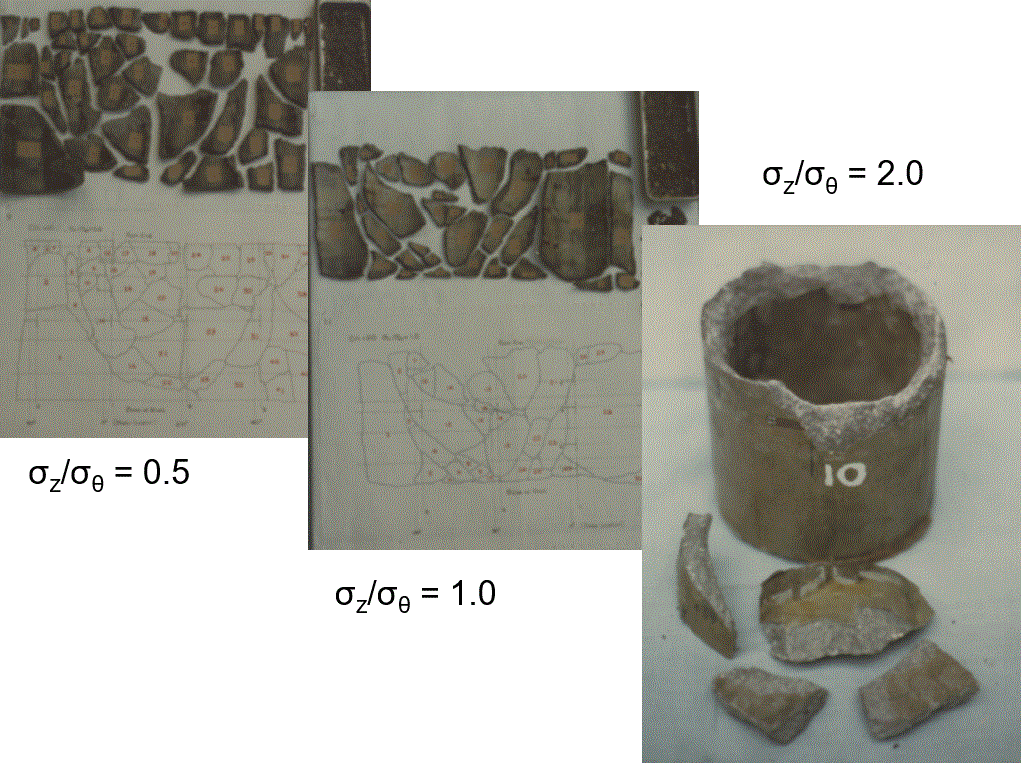
Varying failure modes of concrete under multi-axial stress. An example of
complex nonlocal brittle material behaviour that cannot be modelled with
conventional elasto-plastic constitutive laws.
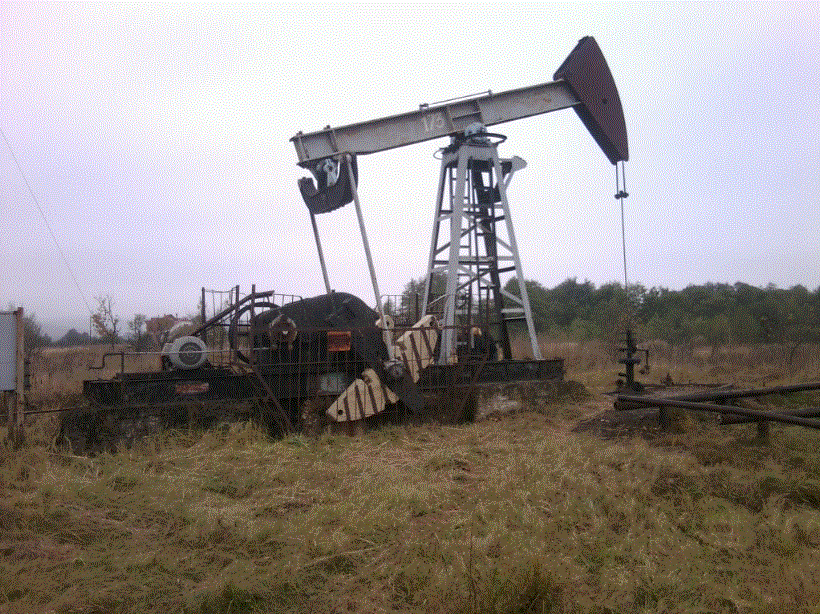
Significant oilfield challenges remain in many developing countries. How should
such resources be developed to benefit all stakeholders whilst meeting growing
global environmental constraints?
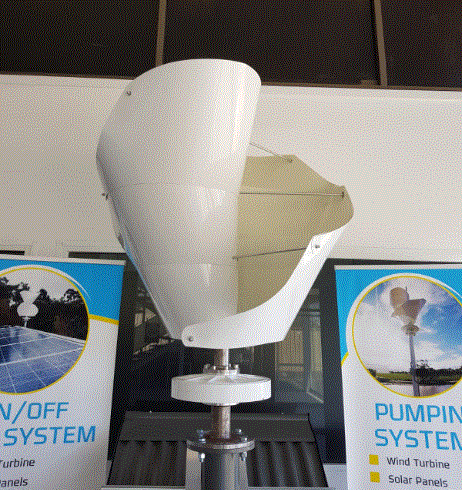
1kW vertical axis wind turbine. Might turbines such as these be more aesthetically
acceptable in urban and also rural areas and can they become economically competitive?

Terrestrial solar cannot generate power after the sun sets. Wind can operate
up to 24 hours a day, as could space based solar.
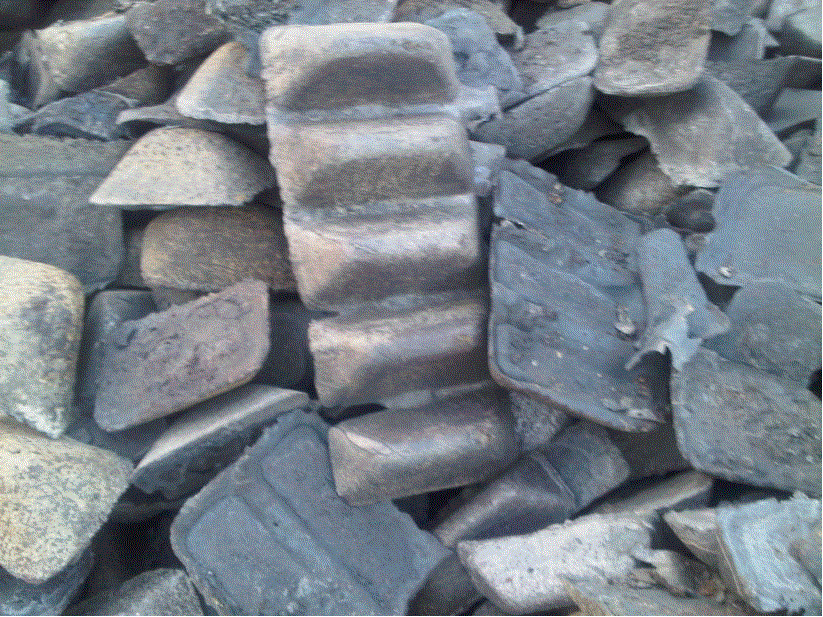
Pig iron ingots produced in a conventional blast furnace. How will raw materials
and carbon intensive processes such as these be replaced in the 21st century?
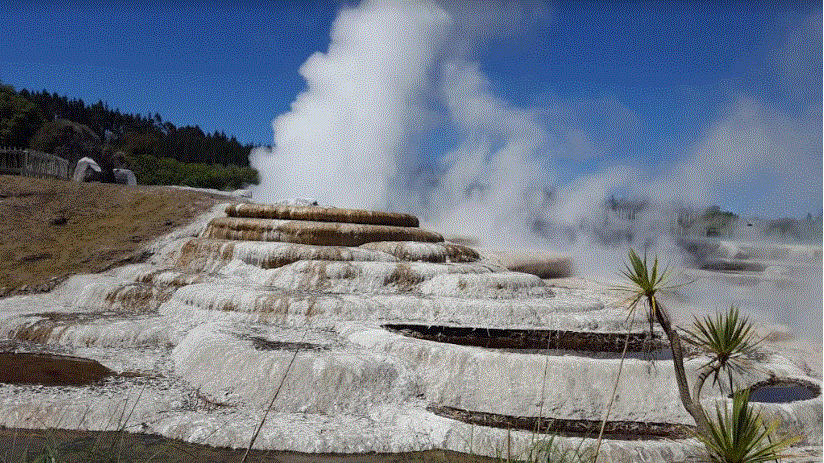
It has now been proved possible to drill into the deap-seated molten rock heat source
that drives natural geothermal systems such as this and extract commercially viable quantities of
high enthalpy steam. The challenge now is to roll such technology out on a global scale.
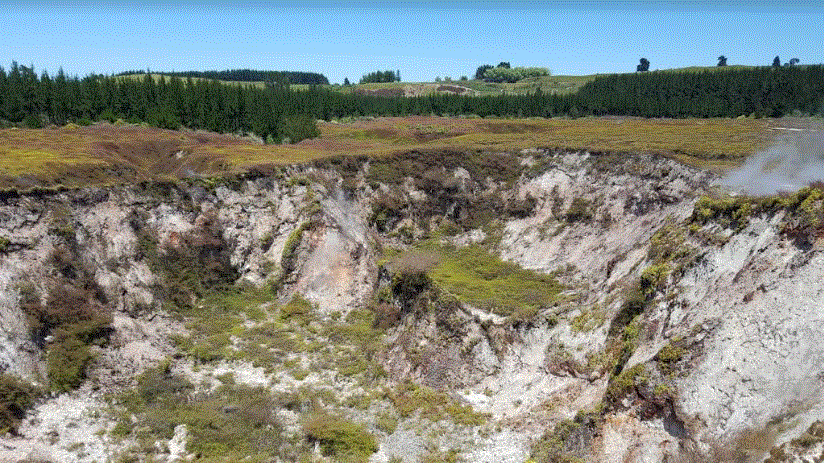
This 70 meter diameter hole appeared when a geothermal well blew out in the early 1960s.
How can we ensure that future deep-seated geothermal wells will not cause similar disasters and worse?

Water resources management is becoming increasingly critical with growing
world polulation, pollution of waterways and oceans and the impact of climate change.
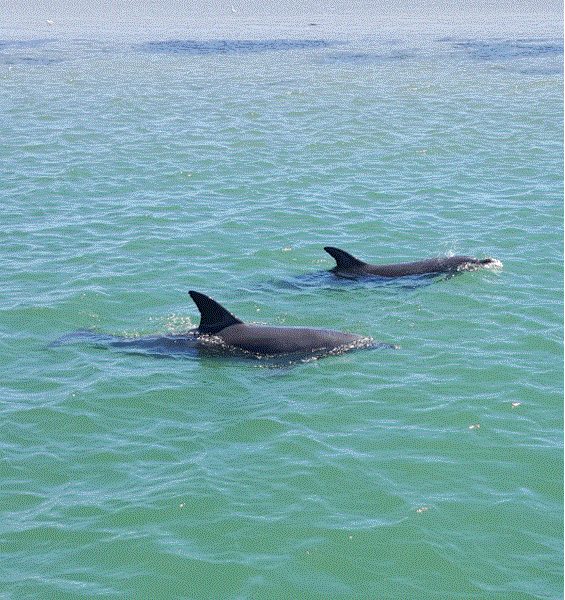
AI is on the verge of communicating with dolphins. But does AI require another step
forward in order to interface with the near chaotic behavioural characteristics of biological brains?
|

